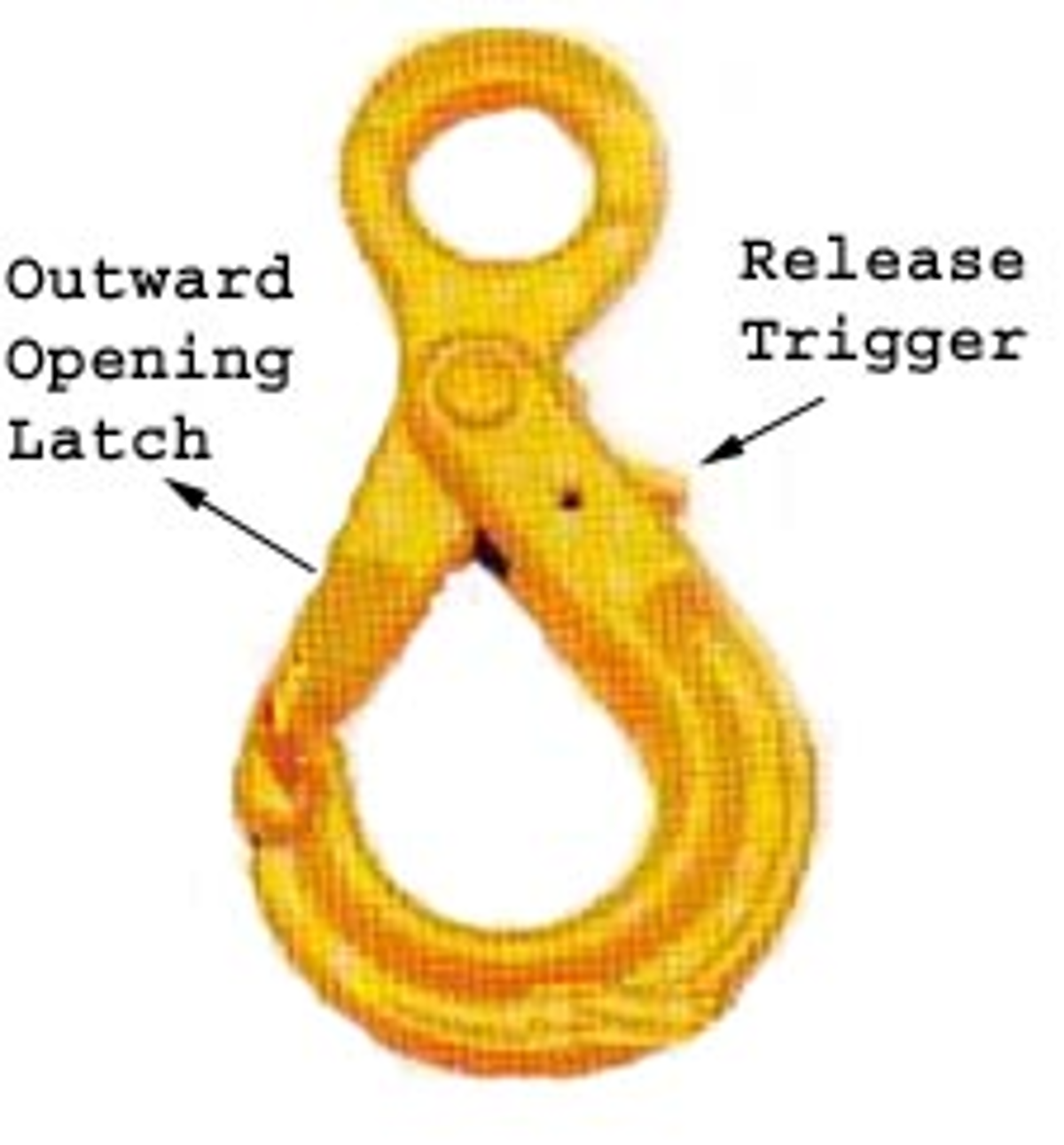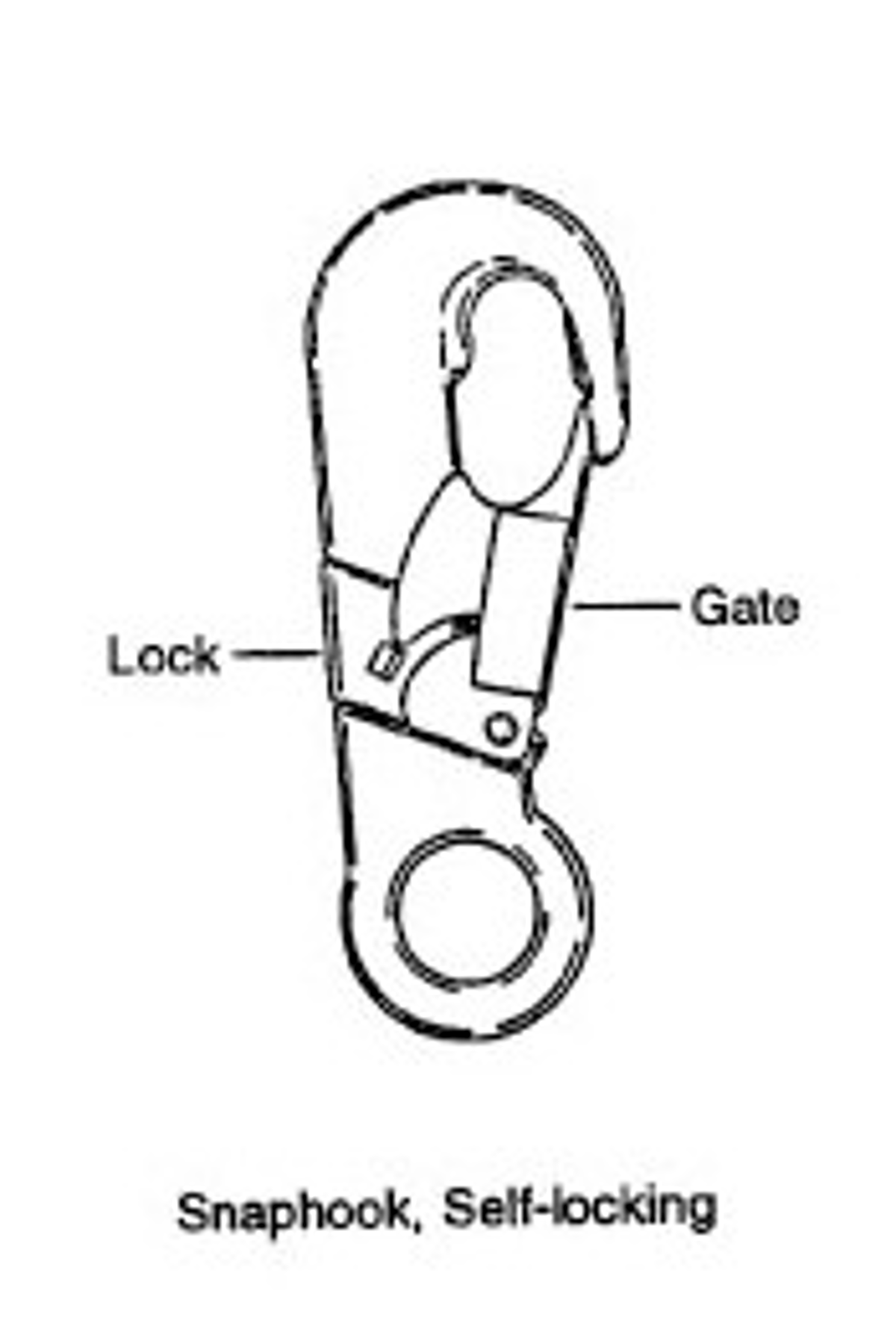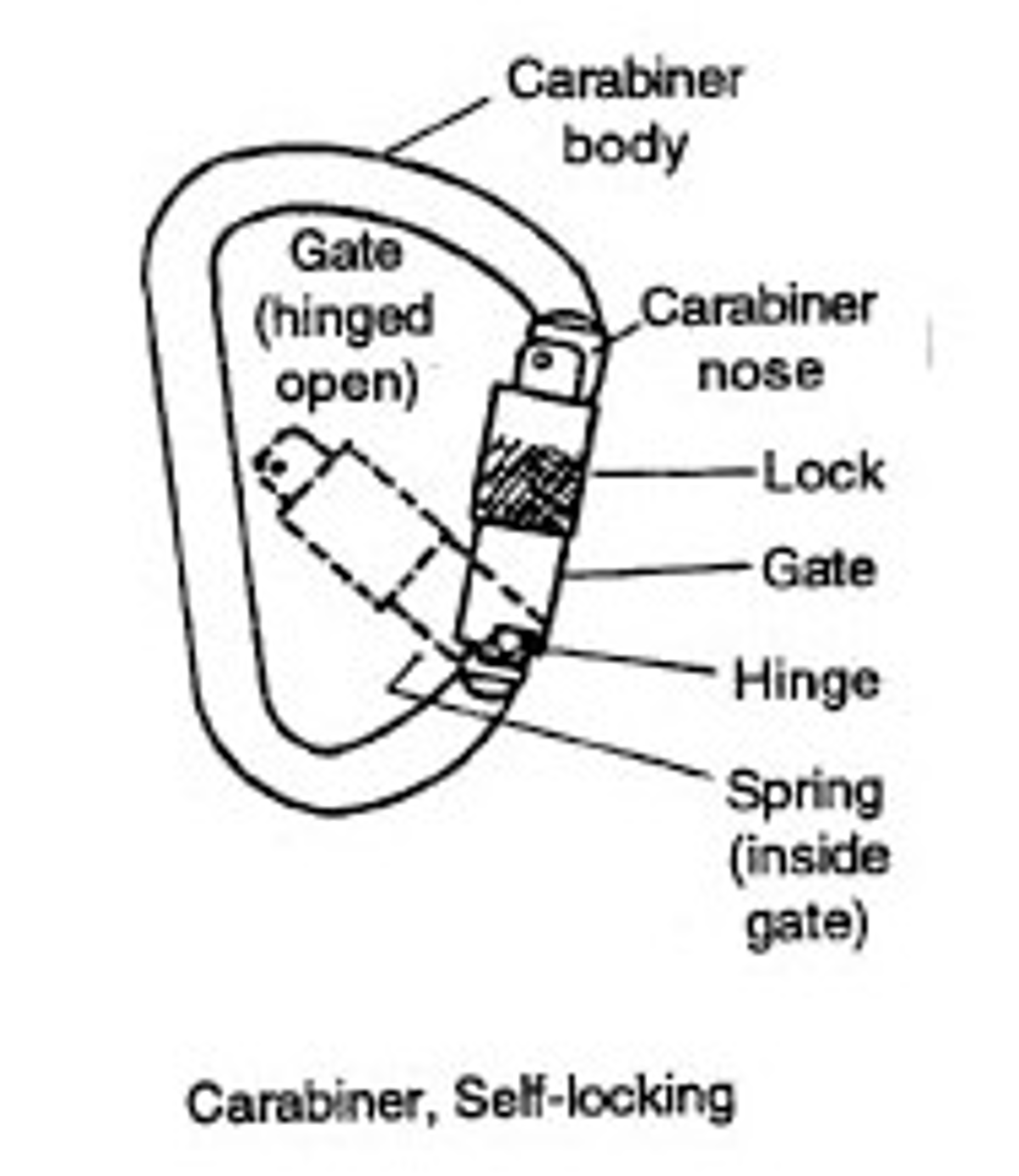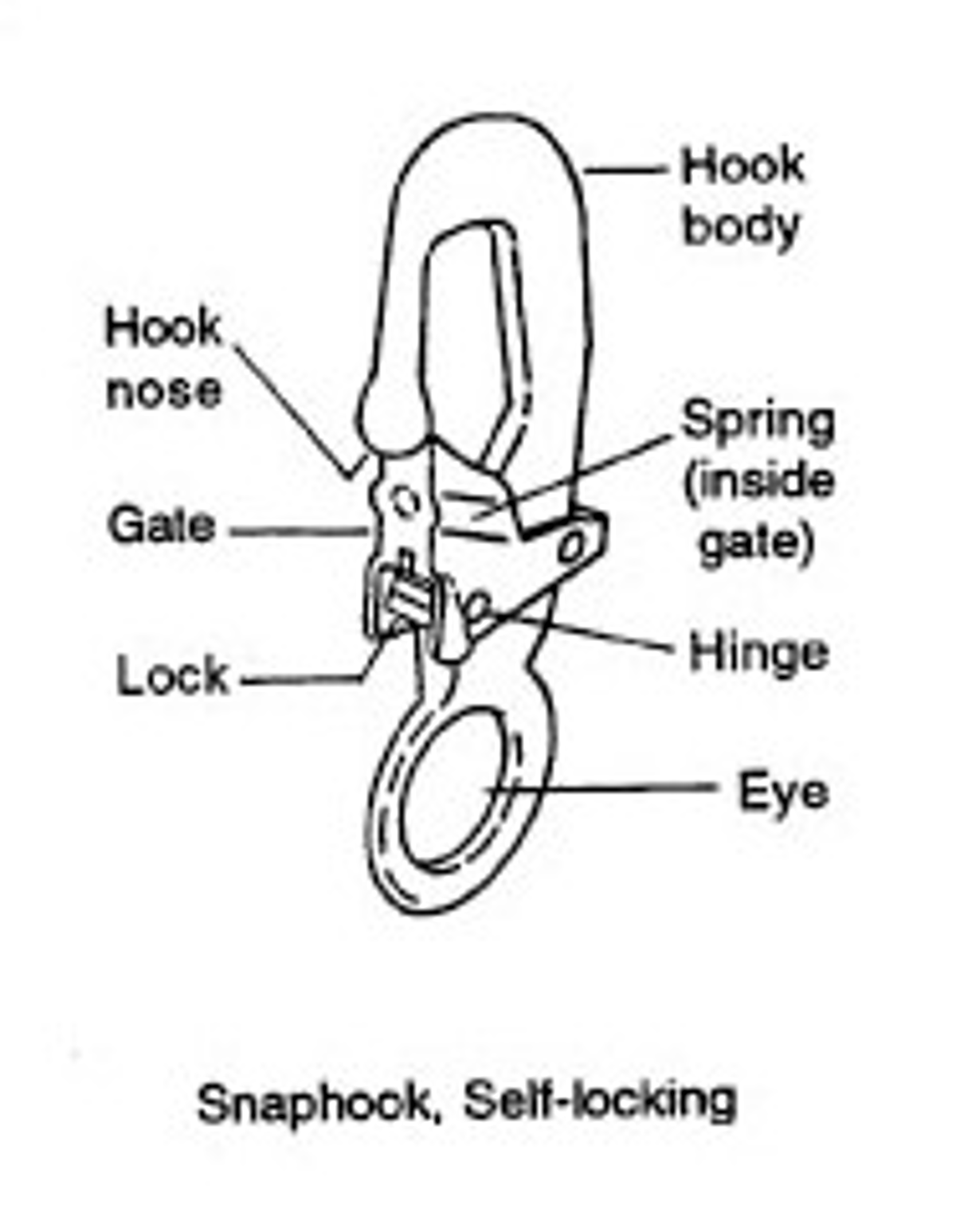Personnel lifting system fatality
- Safety Flash
- Published on 1 October 2000
- Generated on 5 January 2026
- IMCA SF 06/00
- 1 minute read
Jump to:
We have learned of a fatality when a worker fell from a full body harness boatswain’s chair when ascending on a hoisting system.
What happened?
The initial information from the investigation team indicates that the individual fell when he became detached from the self-locked grip latch hook, similar to that depicted below. The latch on the hook depicted on the right opens outward.

Our member took the following actions:
The company involved has implemented a survey of all personnel hoisting and fall arrest systems seeking:
- verification that all hook components are designed and manufactured and certified for lifting personnel.
- where such hooks are used, these should be self-locking and self-closing with an inward moving latch.
Examples of such hooks are shown below.
Swipe to see next image
IMCA Safety Flashes summarise key safety matters and incidents, allowing lessons to be more easily learnt for the benefit of the entire offshore industry.
The effectiveness of the IMCA Safety Flash system depends on the industry sharing information and so avoiding repeat incidents. Incidents are classified according to IOGP's Life Saving Rules.
All information is anonymised or sanitised, as appropriate, and warnings for graphic content included where possible.
IMCA makes every effort to ensure both the accuracy and reliability of the information shared, but is not be liable for any guidance and/or recommendation and/or statement herein contained.
The information contained in this document does not fulfil or replace any individual's or Member's legal, regulatory or other duties or obligations in respect of their operations. Individuals and Members remain solely responsible for the safe, lawful and proper conduct of their operations.
Share your safety incidents with IMCA online. Sign-up to receive Safety Flashes straight to your email.


